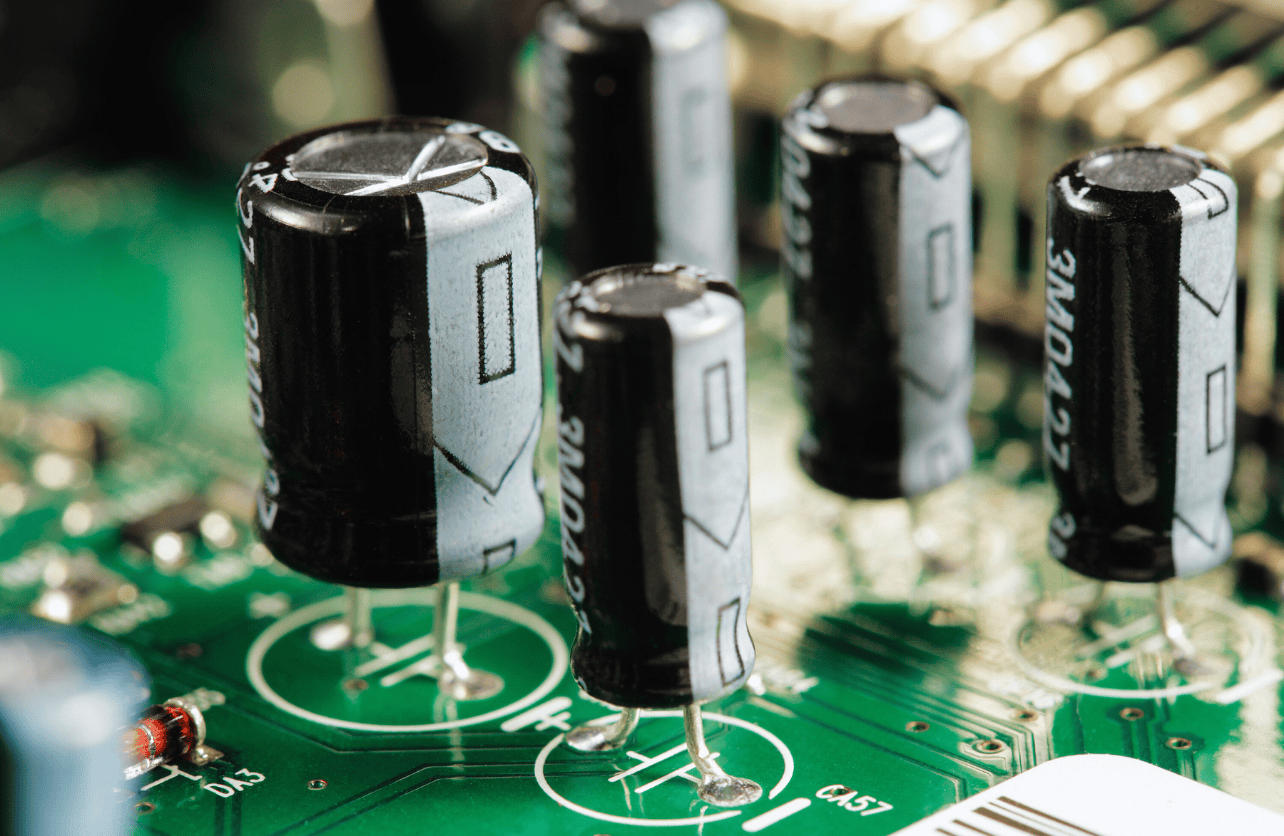Why Do Capacitors in Parallel Have Constant Voltage?

Capacitors are essential components in electronic circuits, storing and releasing electrical energy as needed. When connected in parallel, capacitors share a unique property: they all maintain the same voltage across their terminals. This behavior arises from fundamental principles of electric potential and circuit design. Let’s explore why capacitors in parallel have constant voltage and how this impacts their performance in various applications.
Understanding Parallel Connections
In a parallel configuration, the positive terminals of all capacitors connect to a common point, and their negative terminals connect to another common point. These two points, known as nodes, distribute electrical potential evenly across the circuit.
Because the capacitors are connected to the same two nodes, they experience the same potential difference—or voltage. This uniform voltage is a defining characteristic of parallel circuits, ensuring that all components connected in this way share identical voltage regardless of their individual properties.
The Role of Electric Potential and Equipotential Surfaces
The concept of electric potential explains why capacitors in parallel maintain a constant voltage. In parallel circuits, the connecting wires act as equipotential surfaces, meaning every point along a single wire has the same electric potential.
Since each capacitor’s terminals are connected directly to these equipotential surfaces, the potential difference across their terminals remains constant. No matter how many capacitors are added in parallel or what their capacitance values are, the voltage across each capacitor matches the voltage applied to the parallel circuit.
Charge Distribution in Parallel Capacitors
While the voltage across capacitors in parallel is constant, the charge stored on each capacitor depends on its capacitance. This relationship is defined by the formula:
Q = C × V
Where:
Qis the charge stored on the capacitor,Cis the capacitance, andVis the voltage across the capacitor.
Because the voltage V is the same for all capacitors in parallel, the charge stored on each capacitor is proportional to its capacitance. A capacitor with a larger capacitance will store more charge, while a smaller capacitor will store less. The total charge stored in the circuit is the sum of the charges on all individual capacitors:
Q_total = Q₁ + Q₂ + Q₃ + ...
This additive property of charge is a key feature of parallel capacitor networks and distinguishes them from series configurations, where the charge remains constant across all capacitors.
Effective Capacitance in Parallel Circuits
Another important aspect of parallel capacitor configurations is the calculation of effective, or equivalent, capacitance. In a parallel circuit, the total capacitance is the sum of the individual capacitances:
C_total = C₁ + C₂ + C₃ + ...
This additive nature increases the overall capacity of the circuit to store charge. For example, connecting two capacitors with capacitances of 10 μF and 20 μF in parallel results in a total capacitance of 30 μF. This higher capacitance allows the circuit to store more charge at the same voltage.
Applications of Parallel Capacitor Configurations
Parallel capacitor configurations are widely used in applications where maintaining a constant voltage is critical. Some common examples include:
- Energy Storage: Parallel capacitors stabilize voltage and provide backup power in systems like power supplies.
- Filtering: They smooth out voltage signals by reducing ripples in electronic filters.
- Tuning Circuits: Used in radio frequency circuits to tune signals to specific frequencies.
- Load Sharing: In applications requiring large energy storage, parallel capacitors distribute the load, reducing stress on individual components.
Key Takeaways
- Constant Voltage Across Terminals: Capacitors in parallel share the same voltage due to their connection to common equipotential nodes.
- Variable Charge Storage: The charge stored on each capacitor depends on its capacitance, while the total charge is the sum of all charges in the circuit.
- Increased Total Capacitance: Adding capacitors in parallel increases the circuit’s overall capacitance, enabling greater energy storage.
Summing Up
The constant voltage across capacitors in parallel is a direct result of their connection to common nodes in the circuit. This configuration ensures that all capacitors experience the same potential difference, regardless of their individual capacitances. While the voltage remains uniform, the charge stored on each capacitor varies based on its capacity, and the total charge and capacitance of the circuit are additive.
Understanding these principles is essential for designing efficient circuits and optimizing capacitor networks. Whether for energy storage, signal filtering, or other applications, the behavior of parallel capacitors highlights the importance of strategic component placement and configuration.